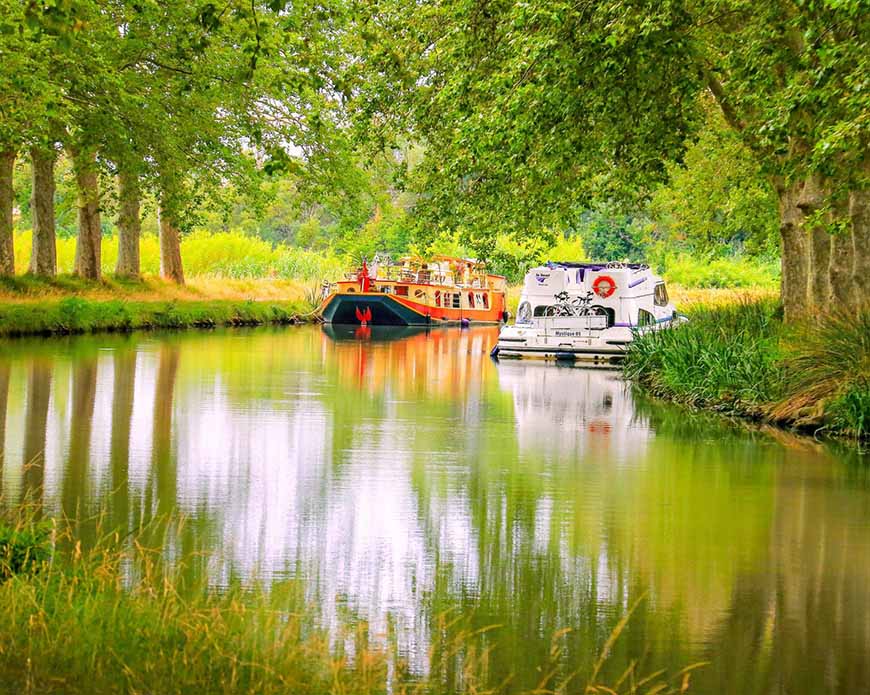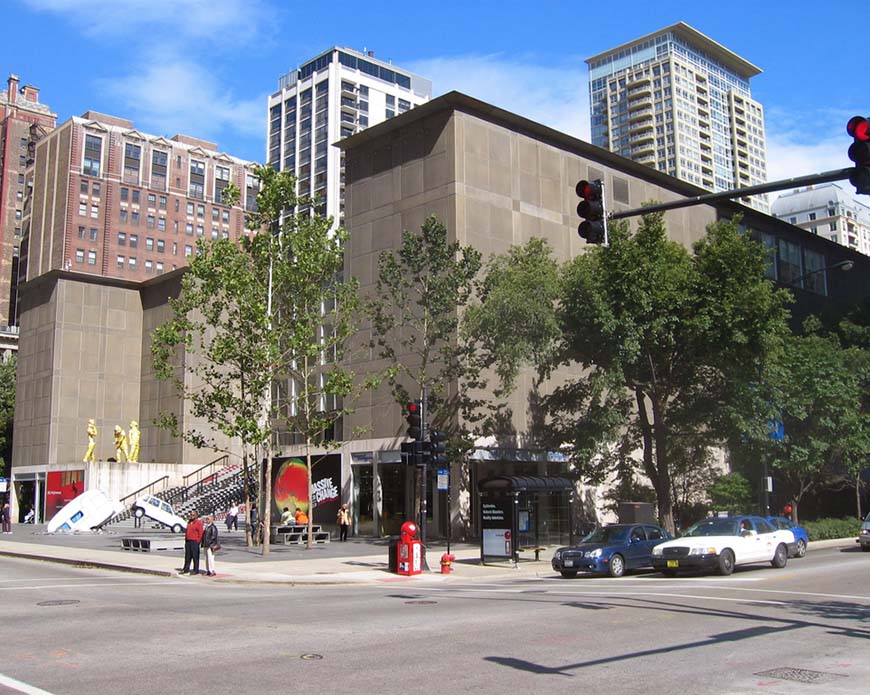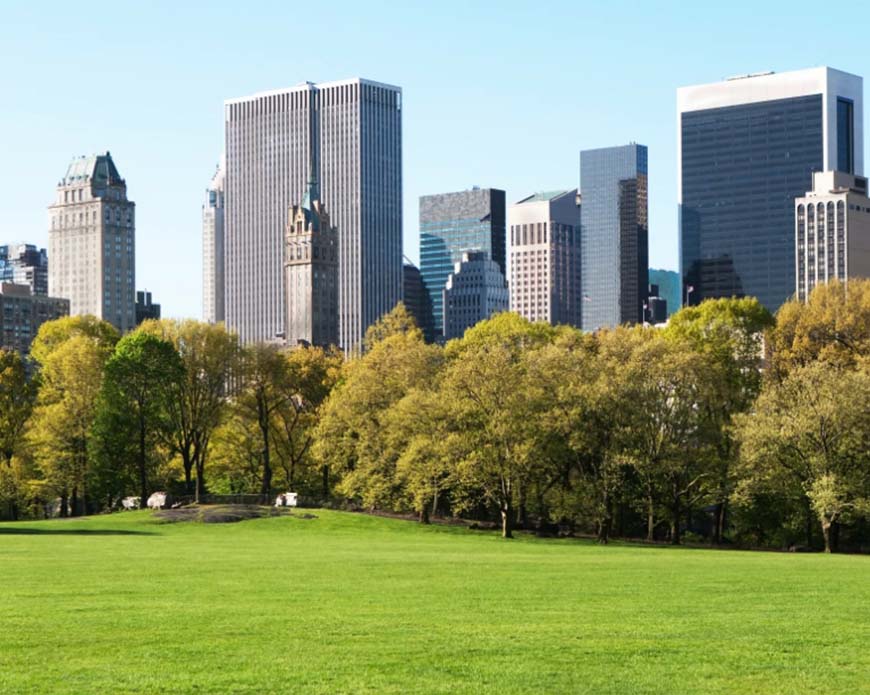Toulouse, the charming “Pink City” of France, is a place where history, culture, and modern life intertwine seamlessly. Walking through its streets, one is captivated by the rose-hued buildings, bustling squares, and lively café culture. But beyond its architectural beauty and rich heritage lies another perspective of the city—one that is best discovered from the water. The canals of Toulouse offer a unique way to experience the city, blending tranquility with an ever-changing landscape of nature and history.
1. The Decision to Explore by Boat
Strolling along the banks of the Canal du Midi, the idea of seeing Toulouse from the water became irresistible. The canal, a UNESCO World Heritage Site, stretches from Toulouse to the Mediterranean, connecting with the Canal de Garonne to form the Canal des Deux Mers. The idea of gliding through the city, away from the noise of traffic and the rush of daily life, sounded like the perfect way to immerse in a different side of Toulouse.
Several options were available: guided boat tours, self-piloted electric boats, or even renting a houseboat for an extended journey. Opting for a guided cruise seemed like the best way to learn about the history and secrets of the canal while enjoying the ride without any responsibility of navigation. Booking a ticket was simple, and the next day was set for an adventure on the water.
2. Boarding the Cruise and First Impressions
The boat was docked near the Port de l’Embouchure, a junction where the Canal du Midi, the Canal de Garonne, and the Brienne Canal meet. It was a medium-sized vessel, designed for sightseeing, with an open deck for panoramic views. The early afternoon sun reflected off the water, creating shimmering patterns as a gentle breeze promised a comfortable ride.
As the boat gently pulled away from the dock, the first sensation was one of calm. The slow, steady pace of the cruise contrasted with the hurried pedestrians and cyclists along the canal path. The water’s surface, disturbed only by the boat’s wake, carried reflections of overhanging plane trees, their leaves rustling softly in the breeze.
3. Passing Through Locks: A Glimpse into Engineering History
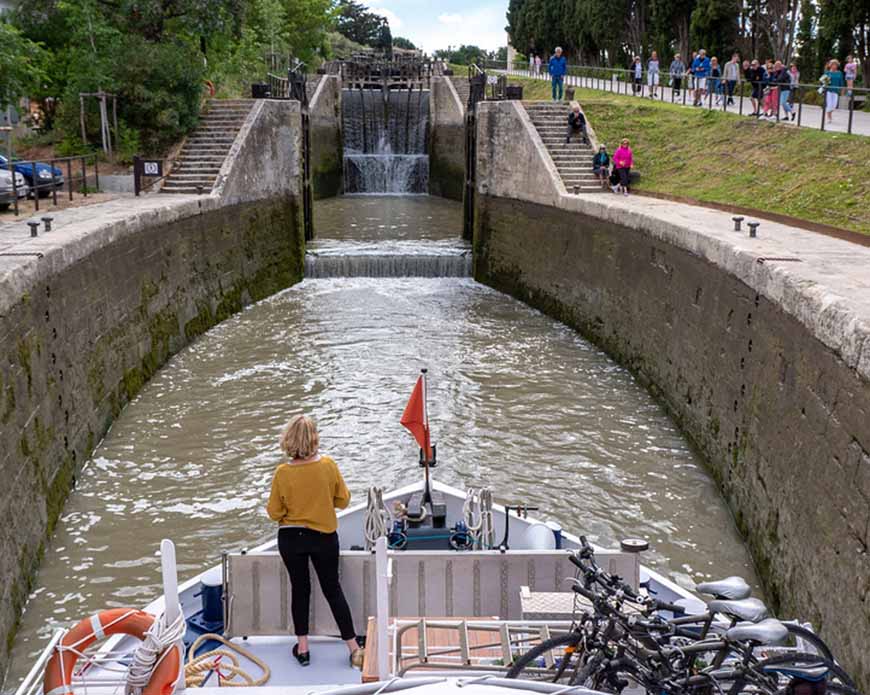
One of the highlights of cruising the Canal du Midi is experiencing its locks. The canal, built in the 17th century under the guidance of Pierre-Paul Riquet, was an engineering marvel of its time. The locks regulate the water level, allowing boats to traverse different elevations along the route.
Approaching the first lock, the boat slowed as the lock chamber came into view. Massive wooden gates loomed ahead, and as the boat entered, the gates behind us shut with a deep, resonant thud. The lock filled with water, lifting the boat slowly yet powerfully. Watching the process unfold felt like stepping back in time, witnessing a centuries-old system still functioning flawlessly.
Each lock had its own unique character. Some were adorned with creeping ivy, their stone walls whispering stories of the countless vessels that had passed through over the centuries. Others were surrounded by small, picturesque lock-keeper houses, some still inhabited, their gardens bursting with flowers.
4. The Green Tunnel: Navigating Under a Canopy of Plane Trees
One of the most enchanting stretches of the canal was a section where towering plane trees lined both sides, forming a natural tunnel. Their branches intertwined overhead, creating a dappled pattern of light and shadow on the water’s surface. The air was cooler here, carrying the scent of damp earth and fresh foliage.
Occasionally, cyclists or joggers would appear on the towpath, briefly visible before disappearing behind the dense greenery. Ducks and swans floated lazily along the banks, occasionally glancing at the passing boat as if acknowledging its presence. The slow rhythm of the cruise, the gentle rustling of leaves, and the soft lapping of water against the hull created an almost meditative experience.
5. Bridges and Waterways: Architectural Wonders Along the Route
Toulouse is a city of bridges, each with its own history and character. From the canal, these structures appeared even more striking. The Ponts-Jumeaux, a triple-arched bridge, stood at a junction of canals, its design reflecting the city’s history as a hub of water transport.
Further along, the boat passed beneath smaller stone bridges, some centuries old, their surfaces worn smooth by time. The reflections of these bridges in the water created almost perfect mirror images, distorted only slightly by the ripples from the boat’s movement. Each bridge added a different perspective to the journey, framing the canal like scenes in a moving picture.
6. A Glimpse of Riverside Life
Beyond the trees and bridges, glimpses of everyday life unfolded along the banks. People sat on benches, lost in books, while others picnicked under the shade. Artists had set up easels, capturing the beauty of the canal in watercolor strokes. In some spots, old barges had been transformed into floating homes, their decks adorned with potted plants and bicycles.
At one point, a group of children played near the water’s edge, their laughter echoing across the canal. A fisherman, standing patiently with his rod, barely acknowledged the passing boat, focused entirely on the water. These small moments painted a picture of life along the canal, where the presence of water shaped daily routines and leisure.
7. Approaching the Port Saint-Sauveur
The journey continued towards the Port Saint-Sauveur, one of the liveliest spots along the canal. This marina, home to an array of boats from sleek modern yachts to traditional wooden vessels, reflected the diversity of those drawn to life on the water. Some boats appeared lived-in, with clotheslines strung across decks and bicycles resting against the hulls. Others were clearly for leisure, their polished surfaces gleaming in the afternoon sun.
Docked along the quay, several houseboats had been converted into cafes and bars, their terraces filled with people enjoying drinks as they watched the boats pass by. The atmosphere was vibrant yet relaxed, a perfect blend of city life and waterfront charm.
8. The Return Journey: A Different Perspective
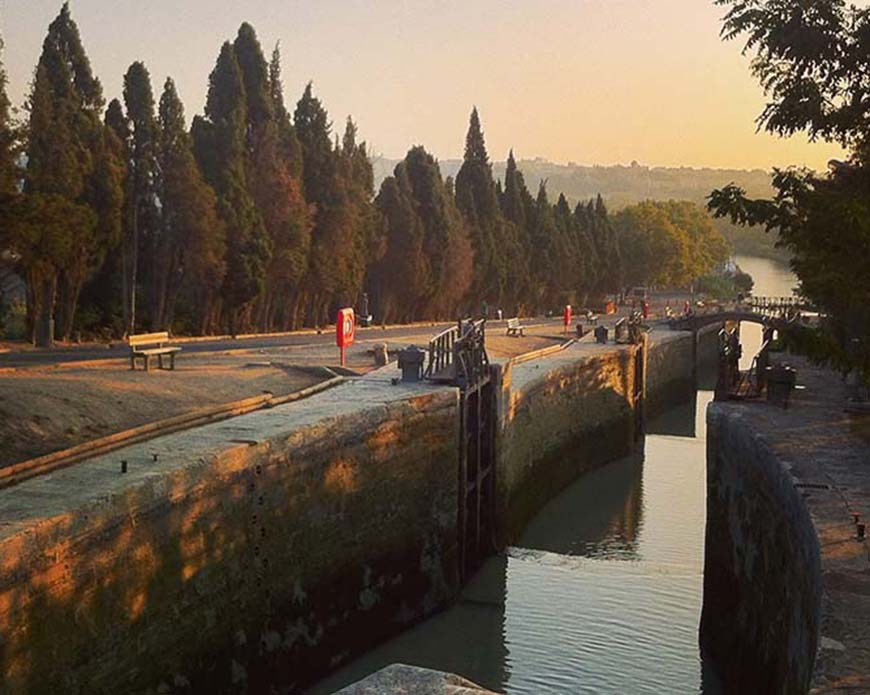
Turning back towards the starting point, the journey felt different. The same scenery appeared transformed in the changing light. The golden hues of late afternoon deepened the colors of the landscape. The reflections in the water became sharper, creating a mirror-like effect that amplified the beauty of the surroundings.
The return trip allowed for moments of quiet observation. Details that had been missed earlier became apparent—a hidden garden peeking through an old gate, a solitary heron standing motionless in the reeds, the intricate carvings on the stonework of a bridge.
As the boat neared the dock, the hum of the city gradually returned, signaling the end of the peaceful waterborne escape. The contrast between the tranquil canal and the lively streets of Toulouse became even more striking, highlighting the unique role the waterways play in the city’s character.
9. Stepping Back on Land
Disembarking, there was a lingering sensation of gentle movement, as if the body had absorbed the rhythm of the water. The experience of drifting through Toulouse on the canal had offered a new perspective—one that blended history, nature, and daily life into a seamless, flowing narrative. The desire to explore further, perhaps by renting a boat for a longer journey along the Canal du Midi, remained strong.
The canal had revealed a side of Toulouse that was impossible to grasp from its streets alone. It was a passage through time, a living thread connecting the past to the present, and a reminder that sometimes, the best way to see a city is to let it unfold at the pace of the water.
